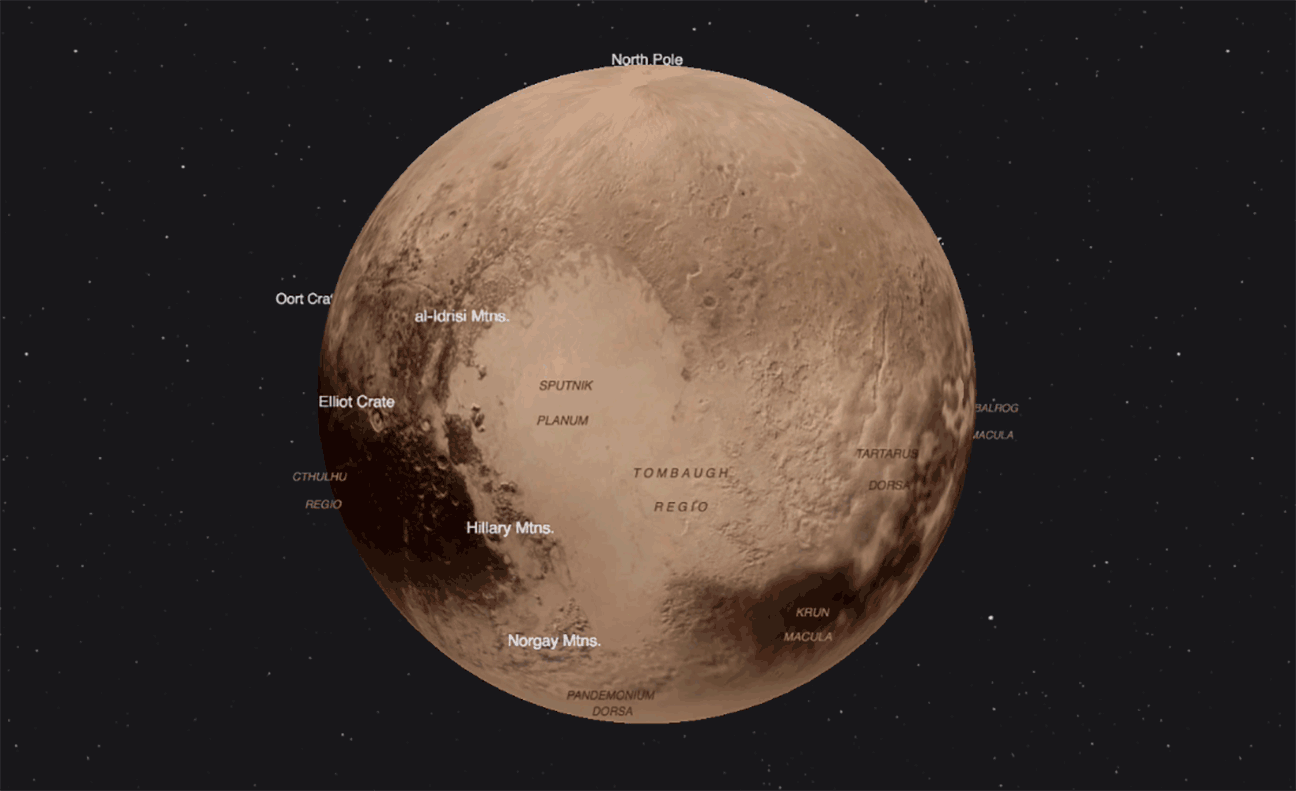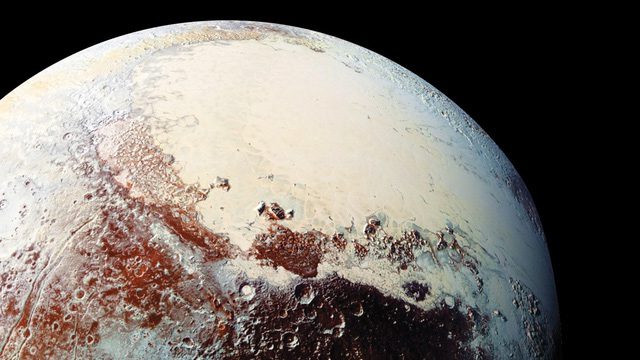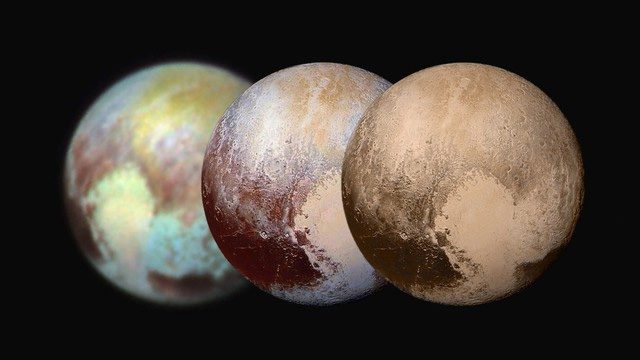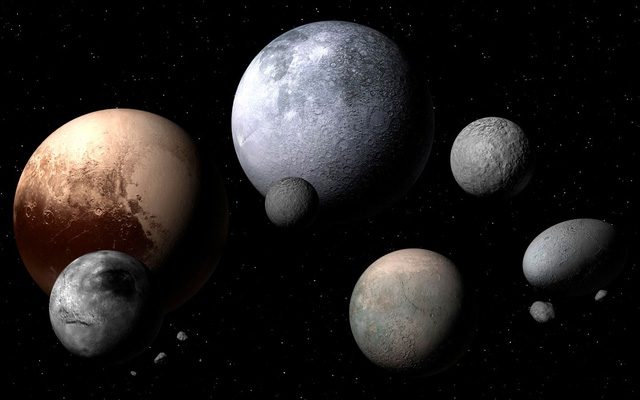Pluto, the mysterious planet far from the Sun, has always been the focal point of astronomers’ research.
The Temperature of Pluto: An Extremely Cold Place at -200°C
Pluto is one of the farthest planets in the Solar System and also the smallest. It is renowned for its extreme temperatures; according to scientists, Pluto’s temperature can drop to -200 degrees Celsius. This makes Pluto an exceptionally cold place.
Being so far from the Sun, Pluto receives very little sunlight. Through observations and data analysis from probes, scientists have found that the average surface temperature on Pluto is around -230 degrees Celsius. At the northern and southern extremes of Pluto, temperatures can reach approximately -240 degrees Celsius, or even lower.

Pluto is the smallest planet in the Solar System, and its geology is fascinating. In this cold and mysterious world, humans have discovered ice oceans, mountains, and large cracks.
Such extreme temperature conditions make it nearly impossible for life to exist. In these extremely cold places, liquid water essentially does not exist. In fact, Pluto primarily consists of a substance called nitrogen ice. Nitrogen ice is a solid form of nitrogen that becomes very hard at these temperatures. In addition to nitrogen ice, other icy materials such as methane and carbon monoxide are also present on Pluto.
Despite Pluto’s extremely cold temperatures, scientists maintain a deep interest in it. In 2015, NASA’s New Horizons spacecraft successfully flew by Pluto and sent back a wealth of data and images to Earth. This data has allowed scientists to gain a better understanding of Pluto’s surface characteristics and climate conditions.

The surface of Pluto is widely covered by ice oceans. The ice oceans are vast areas composed of nitrogen, methane, and some other types of ice. They form structures that are similar yet entirely different from Earth’s oceans. On Pluto, the temperature of the ice oceans drops below 0 degrees, so they do not exist in liquid form like the water we are familiar with but rather in solid state.
Pluto’s temperatures are too harsh for life as we know it on Earth, yet they provide scientists with an important research subject. By exploring and studying Pluto in-depth, we can better understand the diversity and changes in the universe. The mystery of Pluto’s temperature also gives us deeper insights into the preciousness of habitable conditions on Earth.

The crust of Pluto is not formed from tectonic plates like Earth but rather is a mixture of ice and rock. As tectonic plates move, mountains form. On Pluto, the activity of this crust has created stunning crystalline mountains.
The Rotation of Pluto: One Year Equals 248 Earth Years
Pluto is a dwarf planet in the Solar System, located beyond the orbit of Neptune and far from the Sun. It was discovered in 1930 and was initially considered the ninth planet but was later reclassified as a dwarf planet.
Pluto’s rotation period is very slow, taking about 6.4 Earth days to complete one rotation. In other words, one day on Pluto is equivalent to 6.4 days on Earth. This slow rotation makes Pluto appear unusually quiet in the universe. The primary reason for its slow rotation is its distance from the Sun; Pluto receives relatively little gravitational pull from the Sun, causing its rotation speed to be sluggish.
Pluto orbits the Sun in a period equivalent to 248 Earth years. This means that Pluto takes a long time to complete one orbit, longer than any other planet. The distance of Pluto from the Sun and its slow rotation make its years pass incredibly slowly.

Pluto is a planet in the Solar System that has caused much debate regarding its classification over the past few decades. Although Pluto was once considered the ninth planet in the Solar System, it was reclassified as a “dwarf planet” under a resolution by the International Astronomical Union (IAU) in 2006.
The disparity between Pluto’s rotation speed and its orbit creates interesting phenomena. As Pluto orbits the Sun, one hemisphere remains in sunlight for an extended period while the other hemisphere remains in darkness for a long time. Such extreme lighting conditions cause the climate on Pluto to change dramatically. During the day, temperatures will slightly rise due to sunlight, but at night, temperatures drop rapidly. These extreme temperature fluctuations make Pluto an incredibly challenging environment.
The rotation and orbit of Pluto also affect its surface characteristics. Due to its slow rotation, Pluto has many mountains and craters on its surface. The slow rotation results in a very thin atmosphere, with almost no noticeable climate changes.
By studying Pluto, scientists can delve deeper into the formation and evolution of this planet. As a mystery in the Solar System, Pluto sparks our endless curiosity about the secrets of the universe. As technology continues to advance, I believe we will uncover more new discoveries about Pluto in the future.


















































